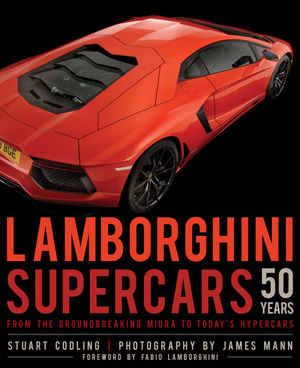 Lamborghini Supercars 50 Years
Lamborghini Supercars 50 Years
From the Groundbreaking Miura to Today’s Hypercars
Foreword by Fabio Lamborghini
Photographer: James Mann
Author: Stuart Codling
Foreword by: Fabio Lamborghini
Format: Hardcover, 224 Pages
Illustrations: 186 color & 13 b/w photos
Size: 9.75 in x 12 in / 248 mm x 305 mm
Price: $65.00
ISBN: 9780760347959
Publisher: Motorbooks
Review by Pete Vack
Color images by James Mann
It is possible that this book could be mistaken for one of those dreaded coffee table books. The layout, art, style, sizes (9.75 by 12 inches) all say coffee table. The subject, Lamborghini Supercars, is one that might appear as a title on the remainder shelf at B&N.
But as they say never read a book by its cover.
To our delight, Lamborghini Supercars, a recent effort by Motorbooks, is a superb book with a lot of information, stats, history, and interesting sidebars about Lambo’s V12 and V10 cars. (There is nothing about the V8s). That is it done so artfully just adds to the product. I liked this book and it fills a gap in both our database of knowledge and our bookshelf, and it’s a lot of book for the money.
Open to the inside cover and a red Miura jumps out, signaling the first Lambo supercar to be addressed. The inside back cover illustrates the 2013 Avendator Roadster, not just a supercar but a hypercar and one of the latest examples of the Audi-owned firm, latest in a long line of proprietors.
 Lamborghini has had more owners than Liz Taylor had husbands, but even more amazingly has had a continuous DNA thread since the original Bizzarrini V12 was introduced in 1963. In 1972 Ferruccio Lamborghini sold out his interest in the firm, first to Swiss Georges-Henri Rosetti and later there rest to another Swiss, Rene Leimer, for a total of roughly $1 million between the two. By 1981 the Mimran family had purchased the struggling company for $3 million, and in a stroke of genius they sold Lamborghini to Chrysler in 1987 for a reported $33 million. By 1994 Chrysler, now minus Iacocca, sold Lambo to an Indonesian partnership for $40 million. Finally, Audi VAG picked up Lambo for a song in 1998 for only a reported $18 million. Lamborghini’s ups and downs over the years have a lot to do with the various owners, recessions, oil shortages and labor issues. And the fact that not only did the firm survive but with much of its DNA as well as its philosophy intact is remarkable.
Lamborghini has had more owners than Liz Taylor had husbands, but even more amazingly has had a continuous DNA thread since the original Bizzarrini V12 was introduced in 1963. In 1972 Ferruccio Lamborghini sold out his interest in the firm, first to Swiss Georges-Henri Rosetti and later there rest to another Swiss, Rene Leimer, for a total of roughly $1 million between the two. By 1981 the Mimran family had purchased the struggling company for $3 million, and in a stroke of genius they sold Lamborghini to Chrysler in 1987 for a reported $33 million. By 1994 Chrysler, now minus Iacocca, sold Lambo to an Indonesian partnership for $40 million. Finally, Audi VAG picked up Lambo for a song in 1998 for only a reported $18 million. Lamborghini’s ups and downs over the years have a lot to do with the various owners, recessions, oil shortages and labor issues. And the fact that not only did the firm survive but with much of its DNA as well as its philosophy intact is remarkable.
Author Stuart Codling and photographer James Mann teamed up for a fifty year celebration of Lambos big rear engined cars. And for us, it is a great way to re acquaint ourselves with more recent Lambos, which tend to get a bit confusing. Leaving out the V8 is a bit unfortunate, but books do need focus. Here are the models which each deserved a chapter:
Miura
Countach
Diablo
Murciélago
Gallardo
Reventón
Aventador
Sesto Elemente
Huracán
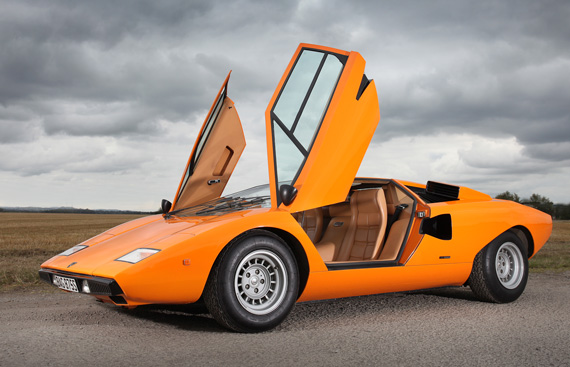
The Countach was dramatic but busy and did not have the aerodynamics to join the 200 mph club until the very last model.
One of the things that takes the book off the coffee table are the sidebars, with interesting and accurate vignettes of Lamborghini engineers and designers; Wallace, Dallara, Alfieri, Stanzani, Gandini are a few with sidebars. Not surprisingly, these informative bios disappear with the acquisition of Lamborghini by the very controlling and corporate Audi. Of the six of nine Lamborghinis produced while under Audi ownership, only one designer, Luc Donckerwolke, who assisted with the Gallardo and Murciélago Roadster is singled out for a sidebar.
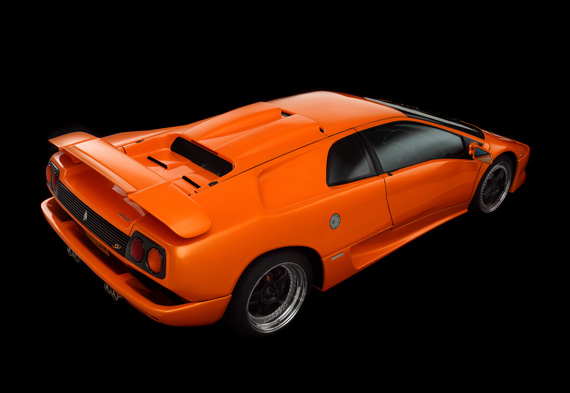
The successor to the Countach was the Diablo, smoother, faster, and still with the 60 degree V12 but now with four-wheel drive.
We wish, however, that a few pages could have been devoted to a clearly laid out history, with a photo or two of each model and variation, years built, numbers built, where built, chassis numbers (not a one in this book) and other pertinent comparison information to quickly tell me how many Gallardos were built, serial number range, prices and years constructed.
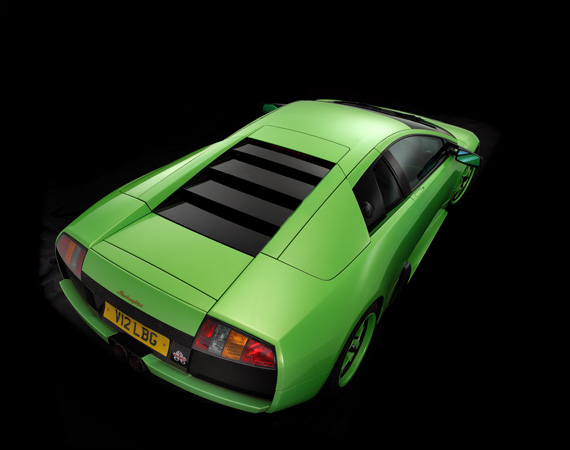
If any model might have been said to save Lamborghini, it was the Murciélago. Over 4000 were built over a nine year production run, twice that of the Countach which had a sixteen year run. Audi made it a viable production car while working on an entirely new car, the V10 Gallardo.
Putting the book back with coffee table tomes are a lot of Audi-supplied photos and text relating to the latest Lambos. A lot of quotes from the CEO of Audi Stephan Winklemann but no more eccentric and ingenious engineers and designers, and yet these are cars with performance figures that are out of this imaginable world, constructed with the same tolerances and perfection that that of Audi-owned Bentley. Clearly not wanted by the powers that be are colorful quotes, idiosyncratic designers, quirky engineers or anything out of the norm of Teutonic perfection. Certain things are lost when an Italian firm is owned by Germans.
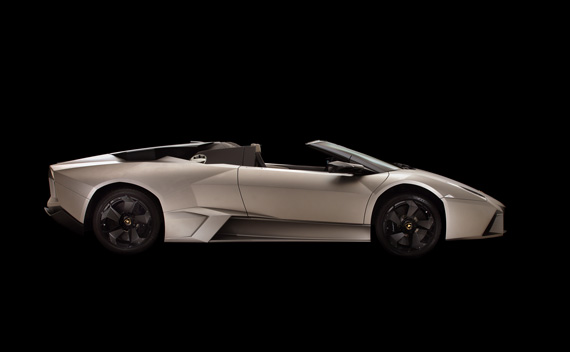
2007 Reventón was an upgraded Murciélago, built to be the most exclusive car in the lineup. Only 20 were produced.
The lack of human emotions in the newer hypercars is to be expected; as Winston Goodfellow so aptly wrote in in his latest book, Ferrari Hypercars. “No longer is there any dialogue or interaction to engage the occupants, let alone give the car a specific or unique identity….instead they have become four wheel IPhones and IPads.” At some point – perhaps beginning with the Aventador in 2011 – hypercars, including those from Ferrari and Bugatti, were simply too good, too fast, too everything as computers increasingly augmented the ability of the driver.
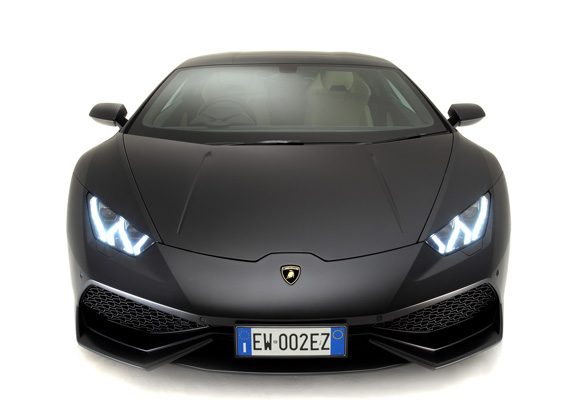
The latest in a long line of supercars: The Huracán, with an aluminum spaceframe, brakes with ABS, ASR, and ABD, a 90 degree V10 with 602 hp, and a top speed of 202 mph. But is it a car?
What remains to be seen is if the current downturn at VAG may force the selloff of Lamborghini once again. This time, however, the firm will be in much better shape with a product that in its own way reflects the success of the Ipad it now is compared with. In the meantime, enjoy and learn from this new book. Who knows what strange beast may succeed the Huracán?
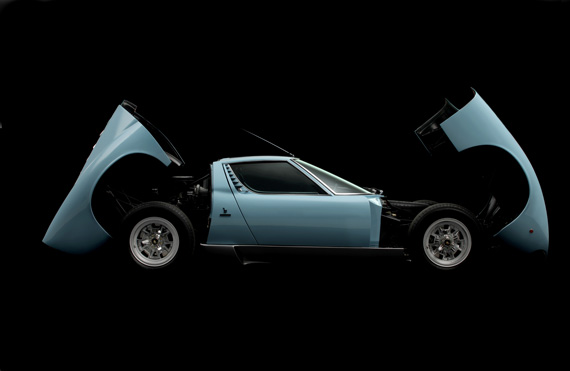
Please, get your facts right: Audi-owned Rolls-Royce ?!? I don’t think so.
VAG owns Audi, Bugatti, Bentley , Lamborghini, Seat, Skoda NOT Rolls-Royce which is owned by BMW AG !
As a Lamborghini V8 owner this book on the V12 and V10 is certainly now on my “Christmas List”! But while I relate to the comments about the absence of information on the V8s the excellent book about the Urraco, Silhouette and Jalpa should be mentioned here. Written by Arnestein Landsem and published by Veloce (of course!) it is a mine of information and facts about these glorious Porsche 911 and Ferrari 308 alternatives. My own car, a P300 Urraco right-hand drive, features in five of the photographs in the “Urraco Today” section (the only Tow Car Urraco!). Andy Owler
True, so true. We’ll fix, thanks!
Editor